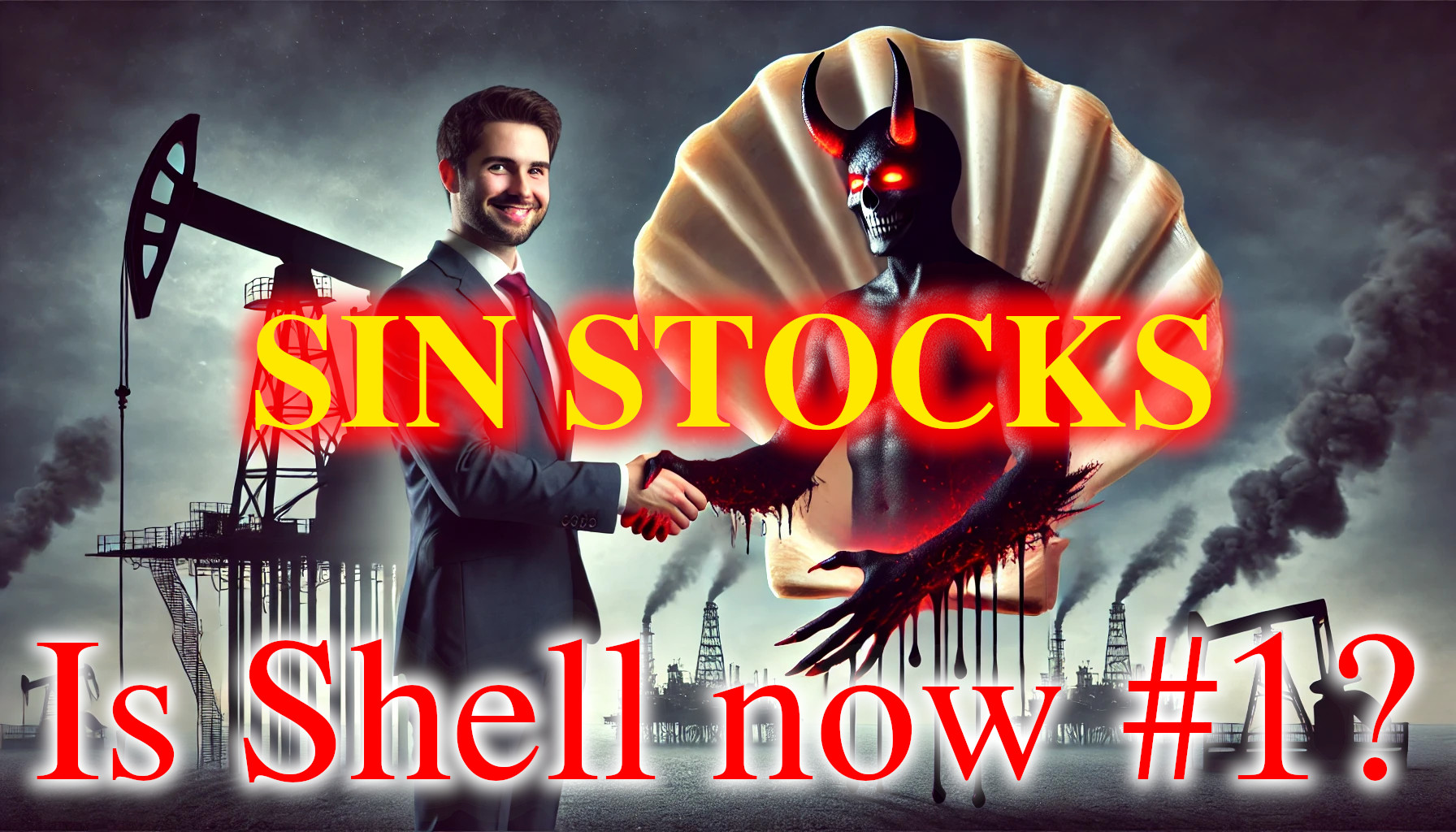
Hold onto your lungs, folks—Shell and BP are back at it with their latest climate cosplay. Yes, the world’s favorite carbon barons have decided they still kinda want a piece of the “clean energy” pie—not to save the planet, of course, but because it gives them a juicy trading advantage. Welcome to the age of “capital-light” climate action, where you don’t have to build anything meaningful—you just trade electrons and slap a green label on it.
Shell, that bastion of environmental virtue (ahem), is now leaning into what CEO Wael Sawan proudly calls a “capital-light business model” for renewables. Translation: we’ll let other people build the stuff while we swoop in to make money off the volatility. Shell will “make use of project financing where it makes sense and work with partners,” said Sawan at the New York Stock Exchange, presumably while clutching a reusable water bottle for ESG optics.
Sound familiar? That’s because BP’s new CEO Murray Auchincloss has basically been singing the same song in a slightly different accent. At his “strategic reset” (that’s corporate speak for “we gave up on that whole green pivot thing”), Auchincloss said BP will “deliver further value upside through trading around these electrons.”
Electrons, apparently, are the new barrels. And “trading around them” is the new saving the planet.
Meanwhile, let’s take a quick reality check: Shell and BP both cratered their share prices compared to their slower-moving, greedier, unapologetically dirty fossil peers. Why? Because they briefly flirted with renewable investments like teenagers trying veganism—expensive, performative, and quickly abandoned when it got inconvenient.
Shell dabbled in home energy retail and tried to “decarbonize” its value chain (with all the enthusiasm of a sloth at a spin class), while BP went all in on offshore wind, set bold emissions targets… and then shredded them. BP even cut fossil fuel production plans—until shareholders got twitchy and they changed their minds faster than you can say “BlackRock.”
Ah yes, BlackRock, one of Shell’s biggest investors and poster child for “sustainable” finance. Because nothing says fiduciary responsibility like bankrolling an oil giant’s pivot away from its own transition goals.
But here’s the kicker: Shell’s traders have delivered an average return on capital employed of 2% over the past decade. Stunning. And now, they’re expected to contribute a thrilling 2–4%. Meanwhile, BP’s traders are busy moving ten times the amount of oil BP actually produces and managing eight times the refined products they have capacity for. That’s not vertical integration—it’s vertical delusion.
Executive VP Carol Howle wants you to know BP’s secret weapon: using those sweet energy insights from minor equity stakes to front-run the market like pros. Because climate leadership in 2025 isn’t about building wind farms—it’s about knowing just enough to profit off someone else’s.
So here we are: Shell and BP, still drilling, still polluting, but now with just enough renewable garnish to convince investors like Vanguard and BlackRock that this isn’t a buffet of climate destruction. It’s a tasting menu of “transition.”
This website and sisters royaldutchshellgroup.com, shellnazihistory.com, royaldutchshell.website, johndonovan.website, shellnews.net, and shellwikipedia.com, are owned by John Donovan. There is also a Wikipedia segment.

 EBOOK TITLE: “SIR HENRI DETERDING AND THE NAZI HISTORY OF ROYAL DUTCH SHELL” – AVAILABLE ON AMAZON
EBOOK TITLE: “SIR HENRI DETERDING AND THE NAZI HISTORY OF ROYAL DUTCH SHELL” – AVAILABLE ON AMAZON EBOOK TITLE: “JOHN DONOVAN, SHELL’S NIGHTMARE: MY EPIC FEUD WITH THE UNSCRUPULOUS OIL GIANT ROYAL DUTCH SHELL” – AVAILABLE ON AMAZON.
EBOOK TITLE: “JOHN DONOVAN, SHELL’S NIGHTMARE: MY EPIC FEUD WITH THE UNSCRUPULOUS OIL GIANT ROYAL DUTCH SHELL” – AVAILABLE ON AMAZON. EBOOK TITLE: “TOXIC FACTS ABOUT SHELL REMOVED FROM WIKIPEDIA: HOW SHELL BECAME THE MOST HATED BRAND IN THE WORLD” – AVAILABLE ON AMAZON.
EBOOK TITLE: “TOXIC FACTS ABOUT SHELL REMOVED FROM WIKIPEDIA: HOW SHELL BECAME THE MOST HATED BRAND IN THE WORLD” – AVAILABLE ON AMAZON.





















